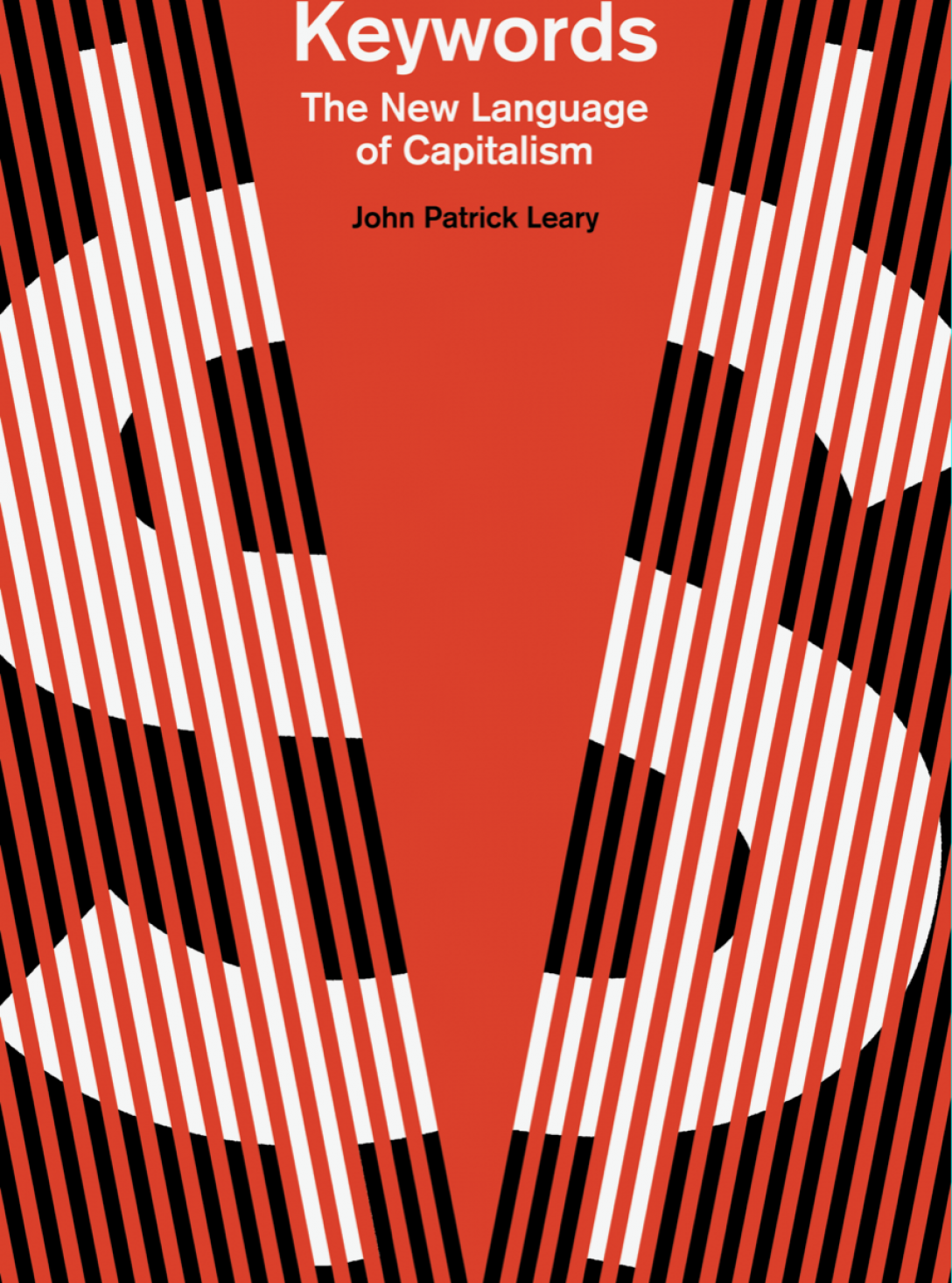An addendum to “protests descending into violence.”
By now, the world knows the name George Floyd. For this, we have the young people fighting with police in cities across the country to thank. But the deep and abiding love that pundits and TV hosts have for “peaceful protest,” which they profess as they narrate helicopter footage of riot cops in formation and burning police cars live from their studio, always misses this obvious point. Every riot and uprising in recent years gets the same treatment, at least on the media: “peaceful protests” “descended” into “violence.” In Baltimore five years ago, successful journalist impersonator Wolf Blitzer implored activists to stick to the script on respectable activism: “I just want to hear you say,” he nervously asked in one interview, “that there should be peaceful protests, not violent protests, in the tradition of Dr. Martin Luther King.”
As Mychal Denzel Smith wrote then at The Nation, this idyll of a “peaceful” King is ahistorical, not only for reducing the entirety of civil-rights history to one of its leaders but in its misapprehension of King’s tactics. He writes, “the civil-rights movement was not successful because the quiet dignity of nonviolent protests appealed to the morality of the white public.” Rather, Smith argues, nonviolent protest tactics provoked white violence, embarrassing political elites at home and the country at large abroad, in a Cold War context where the United States purported to lead the “free world.” Given how much these historical circumstances have changed, Smith rightly asked whether tactics should not evolve as well.
Beyond this important point, the common terminology is also wrong: given the frequency with which “peaceful protest” is invoked as a part of King and the movement’s legacy, you would think it had a history in civil rights activism. But King almost never said it. A quick search of The King Center archives turns up only one result for the phrase: the “Albany Movement Statement,” a document that laid out the position of the 1962 Albany, GA campaign, in which King lent support to local NAACP and SNCC leaders. One of the movement’s demands was “the establishment of the right of peaceful protest under the First Amendment.” (“Peaceful protest” also appears once in Taylor Branch’s well-known history of the Civil Rights movement, Parting the Waters, also in reference to the Albany campaign.)

On one of the rare occasions when King personally uttered the words “peaceful protest,” as in his 1962 speech to the Retail, Wholesale, and Department Store Union District 65 in Monticello, NY–also in reference to Albany–he invokes it almost ironically, to show the depths of reaction in the Georgia town that was the site of King’s biggest defeat. The segregationists are so vicious they wouldn’t even allow that, he seems to say. “More than a thousand people have gone to jail,” he said of the Albany campaign, “merely because they want to be free, and engage in peaceful protest, in order to make that freedom possible.”
\In his own writings, King was much more likely to use the phrase “nonviolent direct action,” which was an expression of an evolving tactic–nonviolence exercised provocatively–rather than a character trait or moral state that must never change, like “peaceful.” Indeed, as Smith pointed out, “nonviolent demonstrations” were not at all peaceful, as he wrote in the introduction to 1963’s Why We Can’t Wait. On the 100th anniversary of the Emancipation Proclamation, writes King,
freedom had a dull ring, a mocking emptiness when, in their time–in the short life spans of this boy and girl–buses had stopped rolling in Montgomery; sit-inners were jailed and beaten; freedom riders were brutalized and murdered; dogs’ fangs were bared in Birmingham; and in Brooklyn, New York, there were certain kinds of construction jobs for whites only.
“Peace” is a much more ambiguous word than “nonviolent,” whose grammar lays out its ground rules. Nonviolence is a tactic for unsettling the status quo; “peaceful,” the way the Joe Bidens and Wolf Blitzers use it, is the status quo. They use peace in the way that parents, police and other authority figures use it: “peace and quiet,” for example, or “disturbing the peace.” To the degree that talking heads think about it at all, they are thinking of “peace” as the quiet life that must not be upset.
